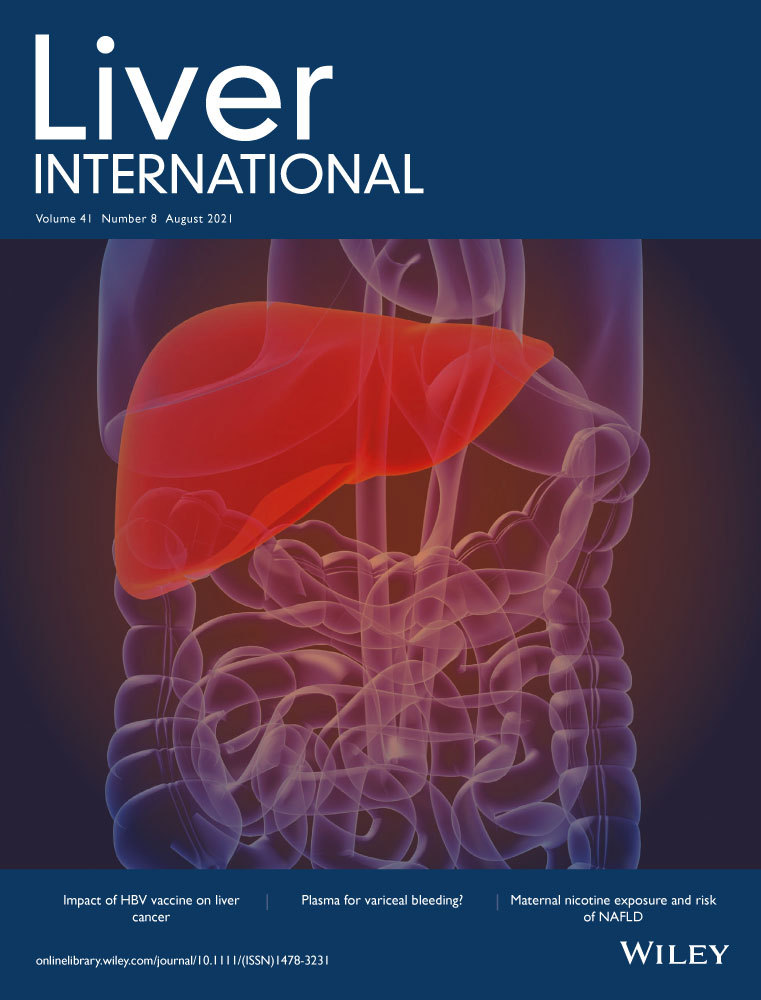The crosstalk network of XIST/miR-424-5p/OGT mediates RAF1 glycosylation and participates in the progression of liver cancer
Deng Ning and Jin Chen should be regarded as co-first authors.
Funding information
This work was supported by the National Natural Science Foundation of China (81472705; 81700571) and Scientific Research Project of Tianjin Education Commission (2019KJ180).
Handling Editor: Carmen Berasain
Abstract
Background
Liver cancer is a major public health concern, but the mechanistic actions of biomarkers contributing to liver cancer remain to be determined. In this study, we aimed to investigate the regulatory cascade of microRNA-424-5p (miR-424-5p), X-inactive-specific transcript (XIST) and O-GlcNAc transferase (OGT) in liver cancer.
Methods
Differentially expressed miRNAs and target genes related to liver cancer were predicted by bioinformatics analyses, and their expression was determined in liver tissues of patients with liver cancer and liver cancer cells. The RNA immunoprecipitation (RIP), RNA pull-down and dual luciferase reporter assay were used to examine the binding affinity among XIST and miR-424-5p and OGT. Then, gain- and loss-of-function assays were conducted to evaluate the effects of the XIST/miR-424-5p/OGT axis on malignant phenotypes. A nude mouse model of liver cancer was further established for in vivo substantiation.
Results
XIST and OGT were up-regulated in liver cancer tissues and cells, responsible for poor prognosis in patients with liver cancer, while miR-424-5p was down-regulated. XIST competitively bound to miR-424-5p to increase OGT expression. XIST silencing inhibited malignant phenotypes of liver cancer cells, while miR-424-5p down-regulation negated its effect. miR-424-5p suppressed RAF1 glycosylation by negatively regulating OGT expression and promoted its ubiquitination/degradation. Furthermore, XIST knockdown inhibited tumour growth and metastasis in nude mice, while ectopic OGT reversed its effect.
Conclusion
These results reveal a novel mechanism by which the interaction of XIST/miR-424-5p/OGT participates in the malignancy and metastasis of liver cancer.
CONFLICT OF INTERESTS
The authors declare that they have no competing interests.
Open Research
DATA AVAILABILITY STATEMENT
The data sets generated/analysed during the current study are available.




